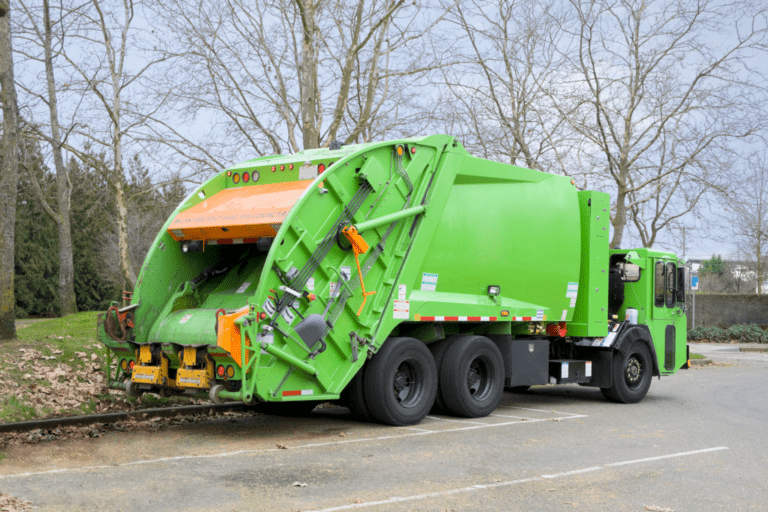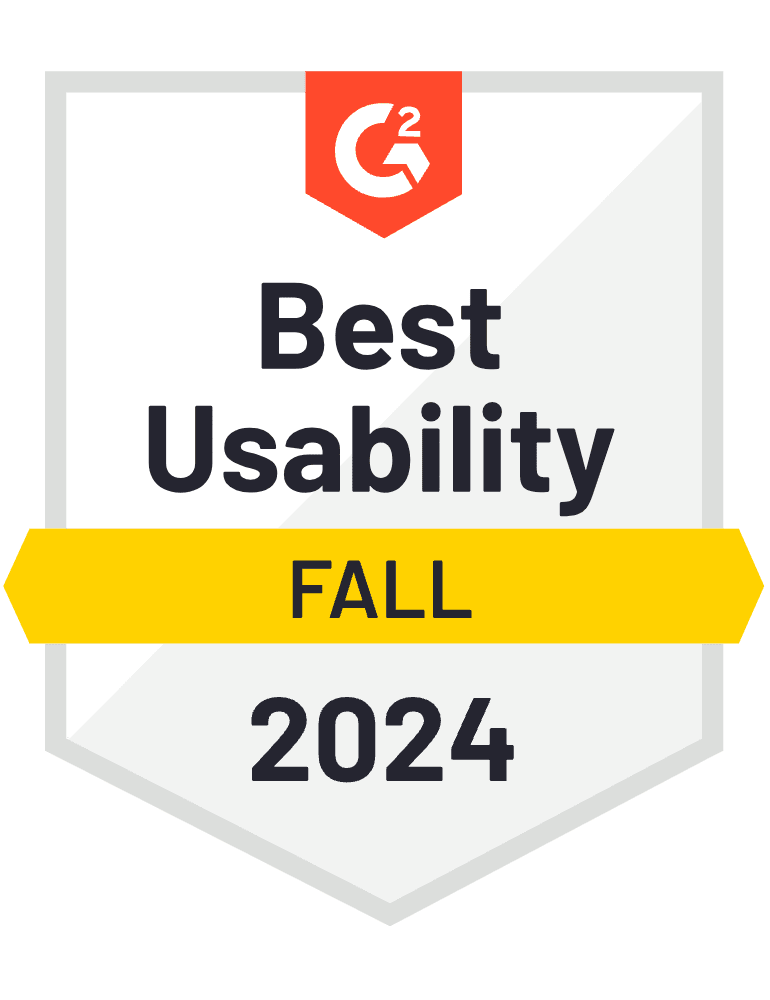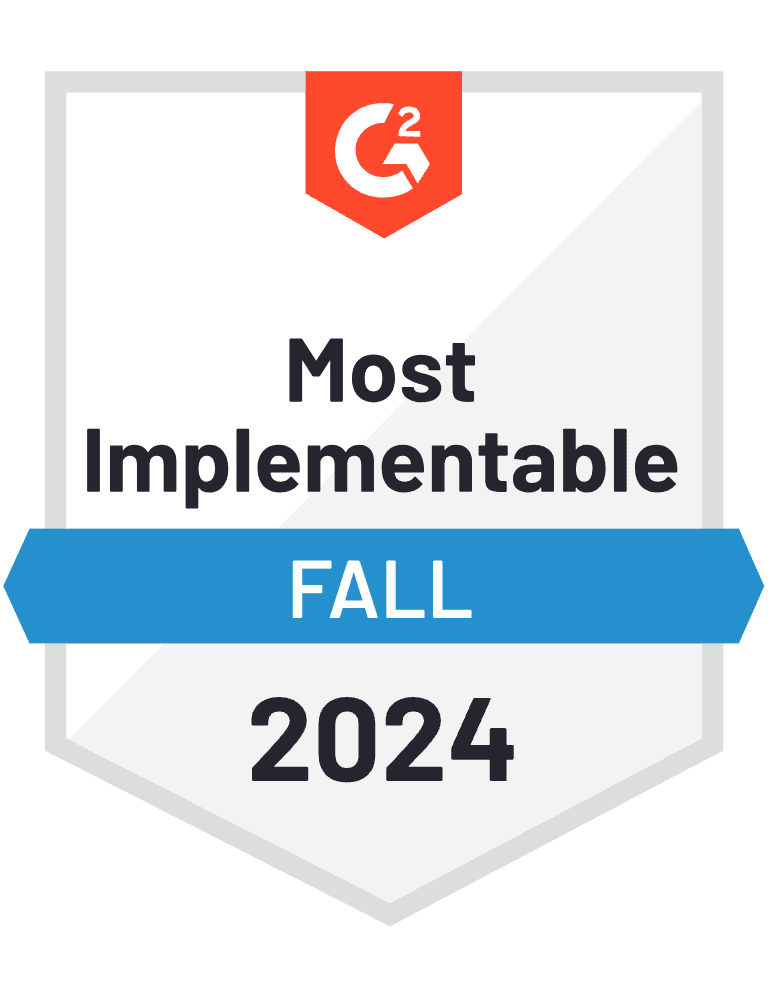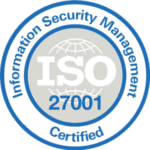If you own or manage a fleet of commercial vehicles, you know that DOT Compliance is an integral part of your job. You also know that employing the best drivers is paramount to maintaining your reputation, ensuring standards, and delivering the best to your customers and clients. It’s important to integrate Department of Transportation guidelines with your hiring and employment process, so that you’re not only finding the most qualified drivers for the job—but also satisfying federal and state regulations.
Breaking down DOT and FMCSA (Federal Motor Carrier Safety Administration) regulations can be complex, which is why we’ve compiled some tips on driver training and qualification. From Hazmat training to drug and alcohol testing to complicated Endorsements for your CDL drivers, here’s a quick breakdown:
CMV SAFETY

According to the latest figures from the American Trucking Association, 7.65 million people in the United States are employed in the trucking industry. By weight, trucks move more than 70% of the nation’s freight, and constitute an integral part of the American economy. To allow for the prevalence of large motor vehicles on the nation’s highways, Congress passed the Commercial Motor Vehicle Safety Act (CMVSA) in 1986.
The goal of the CMVSA and the subsequent 1999 creation of the FMCSA was to improve the safety of the roads. Since 1992, CDL’s Licenses have been standardized so that unsafe or unqualified drivers would no longer be legally allowed to transfer goods or passengers. Though there are Federal regulations on CMV’s, it’s important to also review state-by-state qualifications to ensure your fleet is taking compliant on all levels. There are serious penalties for allowing drivers to operate vehicles in your fleet for which they aren’t licensed, so it’s important to emphasize DOT Compliance.
GENERAL CDL PROCESS
As outlined by the FMCSA, there are a couple of preliminary steps drivers need to take if they want to get started on the path to their CDL:
STATE MANUAL
Because each state has a slightly difference process for licensing CDL drivers, the first step in the process is to get a copy of your state’s CDL manual. The DMV website should be able to direct you to the manual for your state.
KEY DECISIONS
Next, commercial drivers need to make important decisions on what Class of vehicle they want to drive. In addition, it’s important to consider whether or not they’ll be transporting passengers, and which Endorsements they’ll need on their CDL. There are specific tests for each class and each endorsement.
GETTING A CLP
Though it varies by state, most states require drivers to not only pass a permit test for the Commercial Learners Permit, but to bring in the following documentation:
-
DOT medical card, which requires a DOT physical. This physical exam needs to be done by a licensed medical examiner, and is valid for 24 months. The medical tests are comprehensive, and will test (among other things) that the driver has adequate vision and hearing abilities to safely drive. Some drivers will be disqualified on the basis the medications that they’re required to take (anti-seizure medication, for example.)
-
Documentation that shows name and proof of residency.
-
Whatever fees are outlined in the state’s CDL Manual.
-
The driving record of the last 10 years will be checked.
14 DAY WAIT
After acquiring the CLP, drivers have to wait at least 14 days before the CDL skills test. During this time, they’re allowed to drive on a public road only with a current CDL driver in the passenger seat. This is a great time to practice the skills they will need during the CDL test.
GETTING A CDL
During the official CDL test, drivers have to prove you have the adequate skills in three areas before you’re granted your CDL:
-
Vehicle Inspections Test – Does the driver know how to adequately inspect the vehicle for safety?
-
Basic Controls Test – Do they understand all the basic controls of the vehicle?
-
Road Test – Can they safely operate the vehicle on the road?
CDL TIPS:
-
In some states, drivers will receive the license right after passing the skills assessments, while in others they will have to wait for it to arrive in the mail.
-
It’s illegal to have a CDL License from more than one state.
-
In most states, you must be 21 years old to get a CDL. In some states, drivers over the age of 18 are allowed to do intrastate driving.
CDL LICENSES: CLASS A, CLASS B, CLASS C

It’s important to know the general process for getting a CDL, but it’s equally important to know which Class of Licensing is required for which vehicle:
CLASS A
With this license, you can drive a combination of vehicles. You’re authorized to drive a vehicle with a weight of 11,795 kilograms (26,001 pounds) or more, including a towed unit(s) weighing more than (4,536) kilograms (10,000 pounds). Depending on what endorsements you get, DMV.org states that you can drive the following with a Class A license:
-
Tractor-trailers.
-
Truck and trailer combinations.
-
Tractor-trailer buses.
-
Tanker vehicles.
-
Livestock carriers.
-
Flatbeds.
CLASS B
A Class B driver can drive a single vehicle with a weight of 11,794 kilograms (26,001 pounds) or more, or tow a unit with a weight that doesn’t exceed 4,535 kilograms (10,000 pounds). According to DMV.org, with a Class B license and the appropriate endorsements, you can drive the following:
-
Straight trucks.
-
Large buses, including city, tourist, and school buses
-
Segmented buses.
-
Box trucks, like delivery drivers and couriers
-
Dump trucks with small trailers.
CLASS C
This Class is for single or combination vehicles that don’t meet the definition of Class A or B but is either:
-
Designed to transport 16 or more passengers (including the driver).
-
Transporting material that has been designated as hazardous and requires a placard.
-
Transporting any quantity of certain agents or toxins.
ENDORSEMENTS & RESTRICTIONS
In addition to the License Class, drivers can get special permissions in different categories to add even more versatility to their CDL. These endorsements take the form of different letters that are placed on the driver’s license. To gain each endorsement, they need to take a specific test which either tests knowledge, skills, or both:
T – Double/Triple Trailers (Knowledge test only).
P – Passenger (Knowledge and Skills Tests).
N -Tank vehicle (Knowledge test only).
H – Hazardous materials (Knowledge test only).
X – Combination of tank vehicle and hazardous materials endorsements (Knowledge test only).
S – School Bus (Knowledge and Skills Tests).
While the preceding endorsement letters indicate what extra permissions the driver has, there are also restrictions that can be placed on the CDL. In many cases, this has to do with what vehicle they take the test in. For example, if the driver takes their CDL Skills Test in an automatic transmission vehicle, then they’ll have an “E” restriction placed on their license to indicate that they’re not cleared to operate a manual transmission vehicle.
Restrictions also have to do with what License Class the driver has. For example, if a driver has a Class B CDL but obtains their passenger or school bus endorsement in a Class C vehicle, an “N” restriction on their license will indicate that they can only transport passengers in a Class C vehicle. Because of the various restrictions, it’s important to read up on restrictions with FMCSA, and be very careful when it comes to obtaining permissions in certain vehicles.
WHAT EMPLOYERS NEED TO KNOW
THIRD PARTY SKILLS ASSESSMENT
As an employer, you can carry out a third party skill assessment of your drivers, provided that:
-
You give the same skills test that the state would give.
-
You allow FMCSA and the state to do random audits.
-
The State does annual inspections to make sure your skills assessment is up to par.
DRUG & ALCOHOL TRAINING
As an employer, you need to make sure you do driver training for alcohol and drug use in order to remain DOT Compliant.
HAZMAT TRAINING
If your employers are going to be transporting hazardous materials, you need to provide them training so that they can safely perform their jobs (they also need to have the H endorsement on their license).
ENTRY LEVEL TRAINING
For new drivers (less than a year of experience operating a CMV), you need to provide the following training:
-
Driver Qualification Requirements. Your new drivers need to be trained on medical requirements, driving privileges, and general rules and responsibilities of the job.
-
Hours of Service. Entry level drivers need to be trained on the appropriate and allowable hours of duty, including how to identify and prevent fatigue-related accidents.
-
Driver Wellness. Train your new drivers on how to maintain their health through diet and exercise, and to avoid excessive alcohol intake.
-
Whistleblower Protection. Your entry-level CDL driver must be offered training that teaches them that they can safely question their employer’s safety practices without fear of retribution.
LEARN MORE ABOUT DRIVER TRAINING
Making sure your drivers are properly trained and certified is an important responsibility as a fleet manager. At Whip Around, our goal is to help provide overviews and resources for DOT Compliance processes. That’s why we specialize in DVIR software which streamlines drivers’ pre and post-inspections. For more information, please contact us or visit our blog for more resources.









